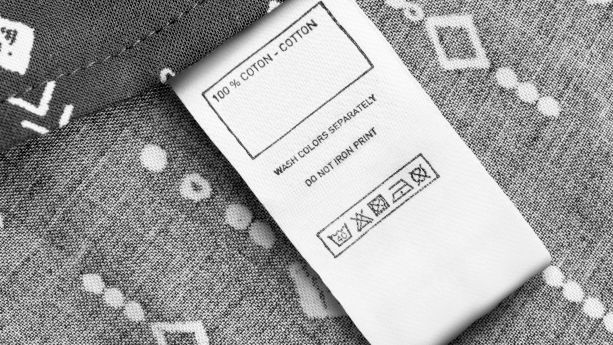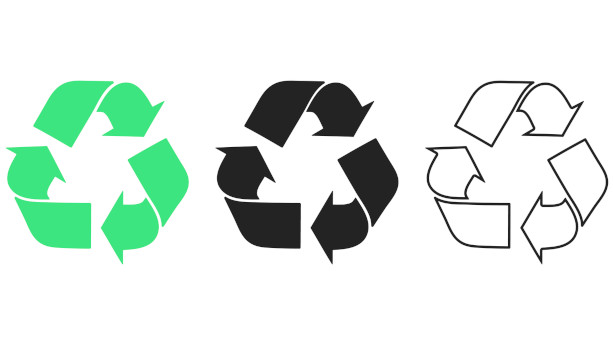Issuing a General Certificate of Conformity (GCC) is mandatory for certain non-children’s (general use) products sold in the United States. Examples include carpets, apparel, and bike helmets.
In this guide, we explain when you need a GCC, the required information, and lab testing requirements.
Continue reading General Certificate of Conformity (GCC): A Practical Guide
























